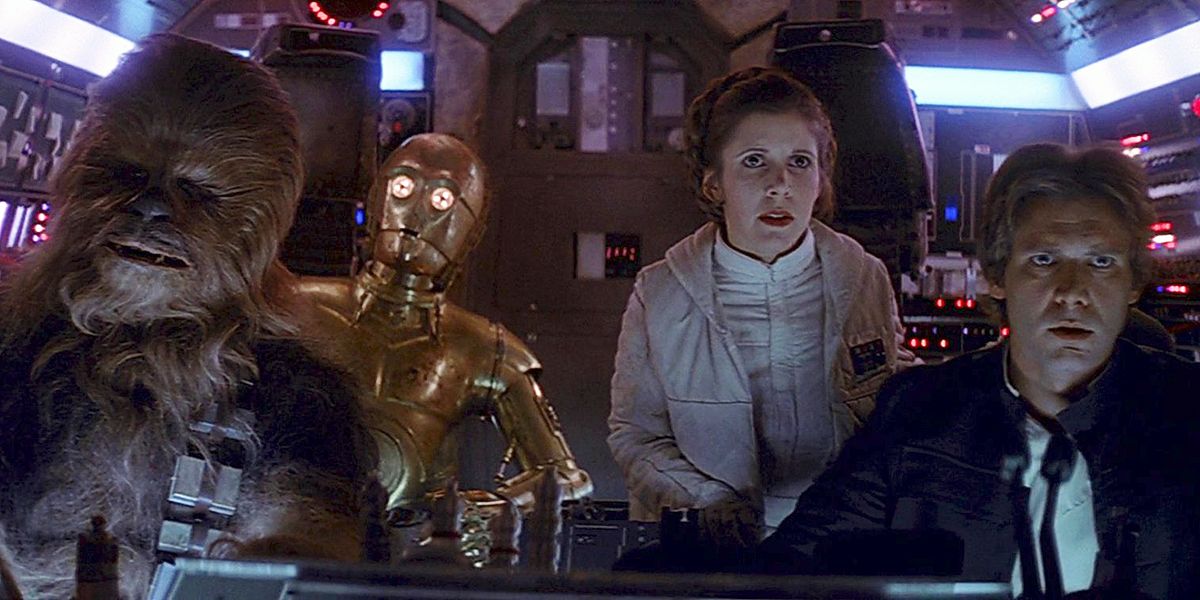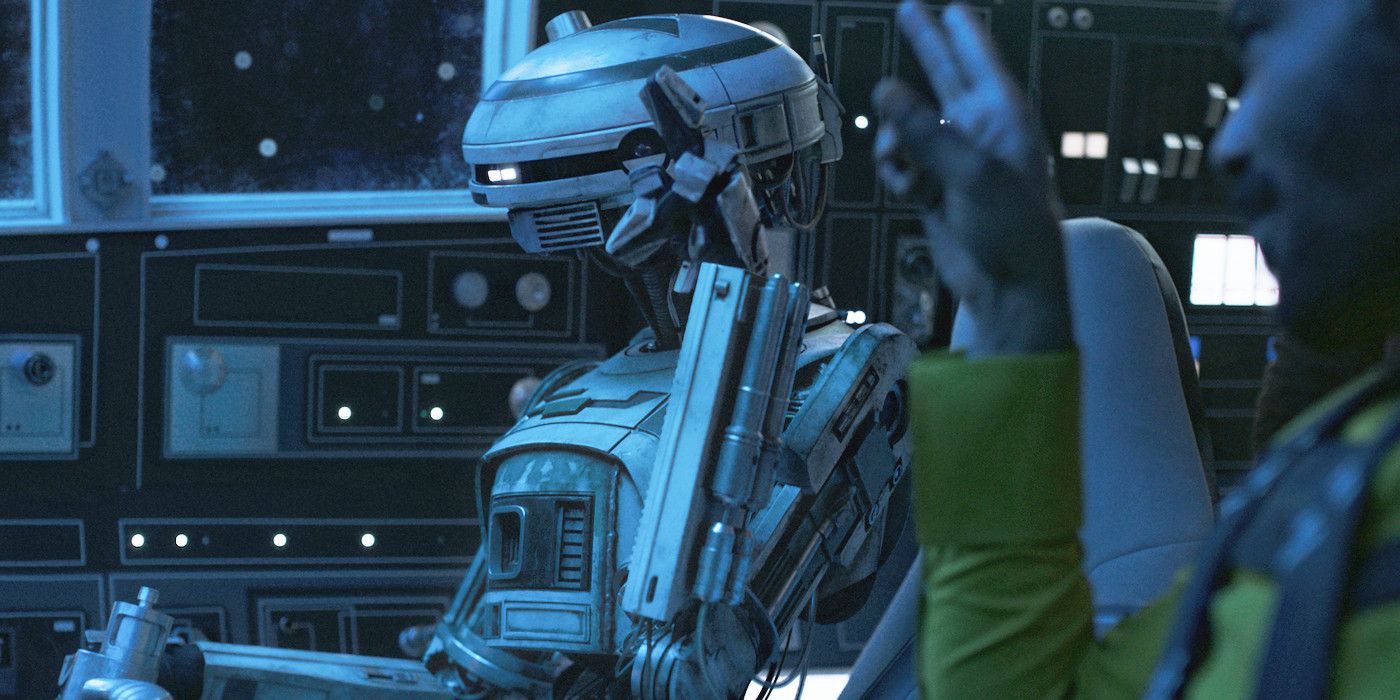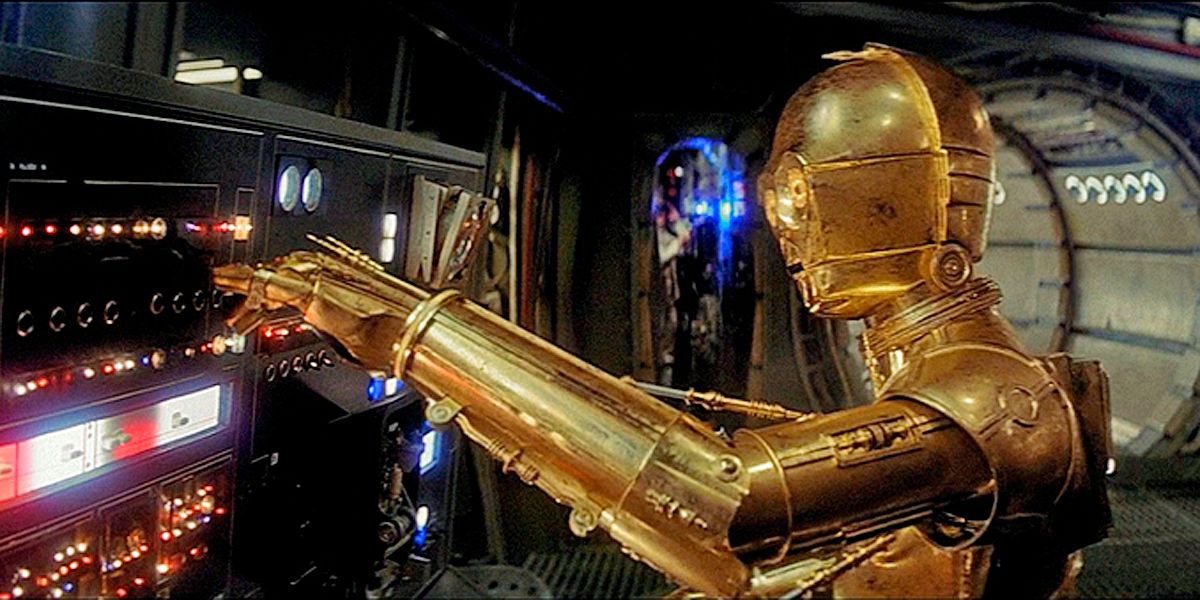WARNING: This article contains spoilers for Solo: A Star Wars Story, in theaters now.
The Star Wars universe is so vast that there many questions that will likely never be answered. But part of the reason Lucasfilm's anthology films are such a welcome addition is because they fill in some of the gaps. Rogue One and Solo: A Star Wars Story show us events outside the 41-year-old Skywalker Saga, and yet the two movies are just as important to the overall narrative. These films are enthralling, and they provide answers that fans have sought for decades -- like how the Rebellion obtained the plans to the original Death Star, or why Han Solo is, well, Han Solo.
RELATED: Solo Reveals the Significance of Han’s Gold Dice
But Solo doesn't stop there. Within its action-packed story, the film provides an origin of sorts for the iconic Millennium Falcon. Of course, knew it was the ship Han Solo used to make the Kessel Run in less than 12 parsecs, that it once belonged to Lando Calrissian, and that it had been heavily modified from its original design. But Solo changes what we thought we knew about the vessel's navigation systems.
In the film's climactic moment, where Han attempts to blast through the Kessel Run, the Empire arrives to throw a wrench in the plan. Han then goes off-script, and attempts to navigate the Kessel Run by going through a very dangerous, very deadly, shortcut. To pull that off, the pilot finds himself in need of the best navigation system possible. That's when he has an idea, which comes in the form of L3-37, Lando Calrissian's outspoken companion droid.
RELATED: After Watching Solo, Don't You Dare Call Rey a Mary Sue Again
In the fight before the fateful Kessel Run, L3 was fatally shot. Although Han, Lando and Chewbacca bring her back aboard the Millennium Falcon, she can't be saved, leaving Lando heartbroken. L3 was his close friend and partner, but that's not all. We also learn she had in her software what's described as the best navigation program in the galaxy. That's removed from her body, and retrofitted to be plugged into the cockpit of the Falcon. That way, the ship is now equipped with an unparalleled map of the universe, something that will prove quite handy in Han's next adventures. Thanks to that, he is able to accomplish the impossible, and beat the Kessel Run record by 8 parsecs (if you round down, that is).
This navigation-system upgrade would seem to be a callback to 1980's Star Wars: The Empire Strikes Back, in which C-3PO is tasked with learning what's wrong with the Falcon's hyperdrive. He reports back to Han, saying, "Sir, I don't know where your ship learned to communicate, but it has the most peculiar dialect."
Is the dialect C-3PO refers to that of L3-37? Itseems likely. After all, Empire and Solo share a co-writer in Lawrence Kasdan, whose franchise credits also include Return of the Jedi and The Force Awakens. He's been instrumental in fleshing out the Star Wars universe, and it stands to reason that he might have sought to offer a resolution to the mystery of the Falcon's navigation system.
RELATED: How the Ending of Solo: A Star Wars Story Sets Up a Sequel
With Solo, we learn even more about the Millennium Falcon. We learn that it didn't always have a forked front, and that it had a different color scheme. We learn how Han and Chewie come to call it home, and we see how the spaceship was so damaged that it would end up looking like it does in A New Hope. On top of all that, we find that it didn't just change on the exterior.
Directed by Ron Howard from a script by Lawrence and Jon Kasdan, Solo: A Star Wars Story stars Alden Ehrenreich as Han Solo, Donald Glover as Lando Calrissian, Emilia Clarke as Qi’ra and Joonas Suotamo as Chewbacca. They’re joined by Thandie Newton as Val, Phoebe Waller-Bridge as L3-37, Paul Bettany as Dryden Vos and Woody Harrelson as Tobias Beckett. The film opens Friday nationwide.



